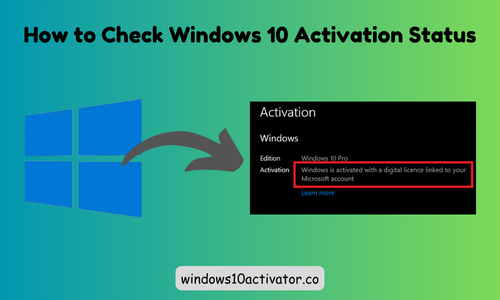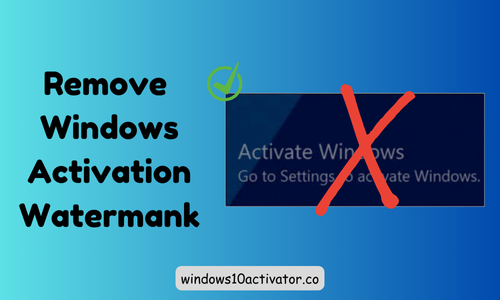Top Customization Tips to Personalize Windows 10
Windows 10 is a versatile operating system with many customization options that enhance its look and functionality. Whether aiming for a fresh design or better productivity, personalizing your setup can make a noticeable difference. This guide’ll highlight the top customization tips for adjusting your Windows 10 experience to meet your needs.
1. Change the Desktop Background and Lock Screen
One of the easiest ways to personalize Windows 10 is by changing the desktop background and lock screen image. To do this:
- Go to Settings > Personalization > Background
- Choose a picture, solid color, or slideshow
- For the lock screen, navigate to Settings > Personalization > Lock screen
Using high-resolution images or setting up a slideshow with personal photos can make your device feel more personal.
2. Customize the Start Menu
The Start Menu is a central part of Windows 10, and you can modify it to suit your workflow better:
- Resize and move tiles by right-clicking them
- Remove unnecessary tiles to declutter
- Pin frequently used apps for quick access
- Go to Settings > Personalization > Start to tweak menu settings
3. Adjust Taskbar Settings
The taskbar is where you access apps quickly. Customize it by:
- Right-clicking the taskbar and selecting Taskbar settings
- Enabling Automatically hide the taskbar for more screen space
- Moving the taskbar to different positions (bottom, top, left, or right)
- Using Taskbar behaviors to group or ungroup icons
4. Change System Colors and Themes
Windows 10 allows you to adjust colors and themes for a visually appealing setup:
- Go to Settings > Personalization > Colors
- Select Light or Dark mode for system apps
- Enable Transparency effects for a modern look
- Apply themes under Settings > Personalization > Themes
5. Set Up Virtual Desktops
If you multitask often, virtual desktops can help you organize workspaces efficiently:
- Press Win + Tab and click New desktop
- Switch between desktops using Ctrl + Win + Left/Right Arrow
- Drag apps between desktops for better organization
6. Modify File Explorer Quick Access
Windows 10 lets you personalize File Explorer to improve navigation:
- Open File Explorer and right-click Quick Access
- Pin frequently used folders for easy access
- Disable Recent Files from Folder Options if you prefer a cleaner look
7. Personalize Notifications and Action Center
Reduce distractions by adjusting notifications:
- Go to Settings > System > Notifications & actions
- Disable unnecessary notifications
- Customize Quick Actions for faster access to settings
8. Use Custom Icons and Cursors
For an extra level of personalization:
- Download custom icons and right-click a shortcut > Properties > Change Icon
- Change cursor settings under Settings > Devices > Mouse > Additional Mouse Options
9. Enable Dark Mode for Apps
To reduce eye strain, activate dark mode in compatible apps:
- Go to Settings > Personalization > Colors
- Choose Dark mode under Choose your default app mode
10. Customize Power Settings
Adjusting power settings can improve performance and battery life.
- Open Settings > System > Power & sleep
- Select a power plan under Additional power settings
- Customize sleep and display timeouts
Conclusion:
Customizing Windows 10 can make you work more comfortably and efficiently. You can create a desirable setup by adjusting these personalization tips, which can help you work in an organized way. Give these customization tips a try and experience a more optimized Windows 10.



